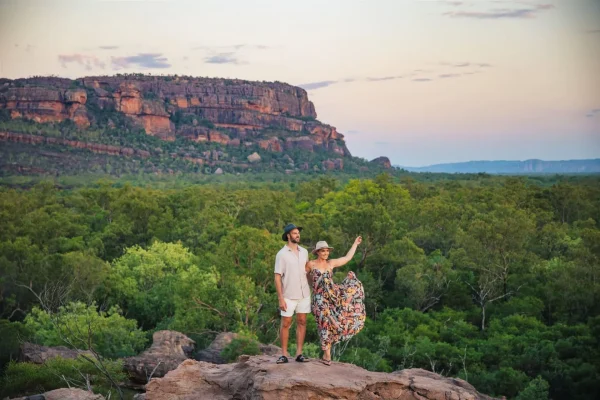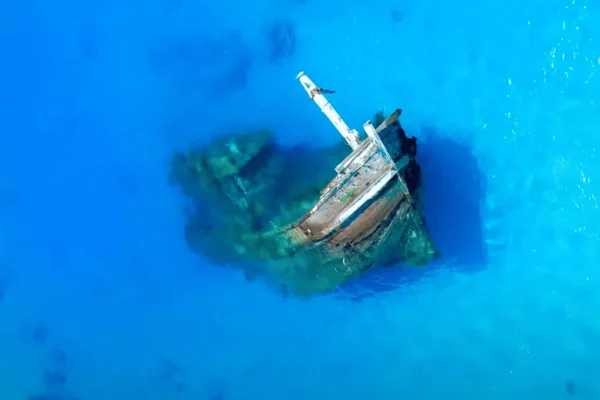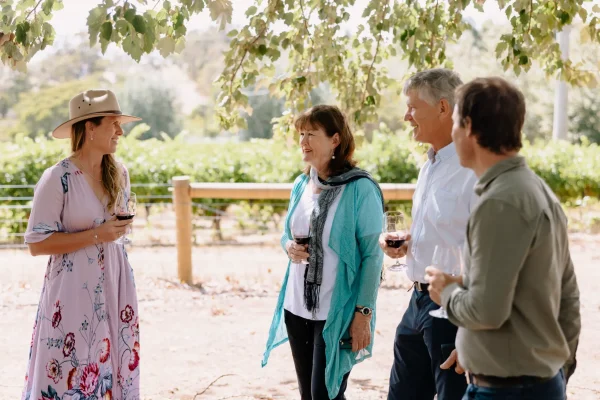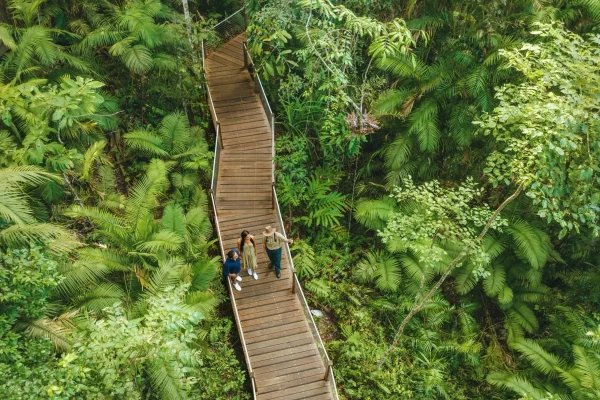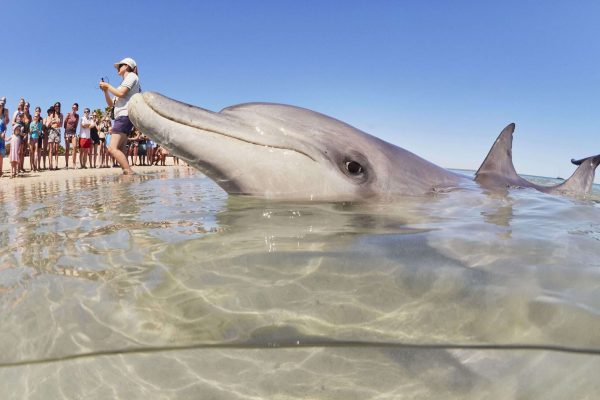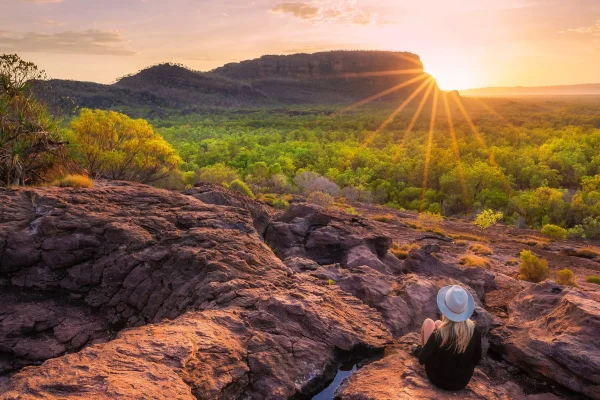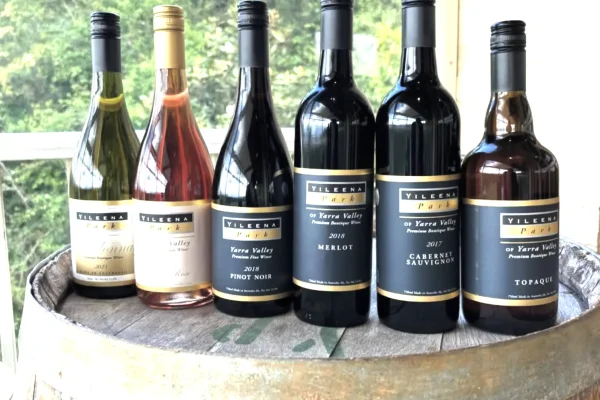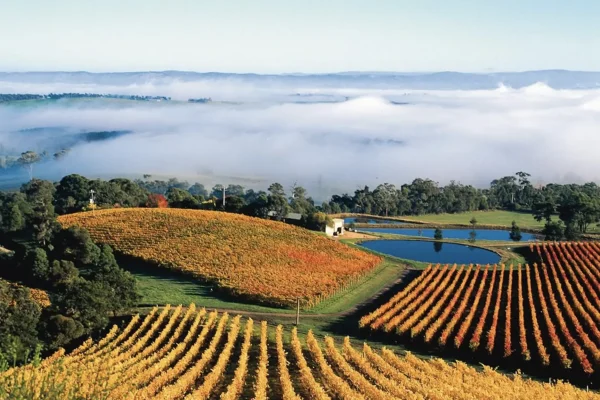Find the natural beauty of Victoria’s Surf Coast on the Surf Coast Walk. This world-class walk is 44 km from Torquay to Fairhaven and takes you through many different ecosystems and along the stunning coastline of Victoria’s rugged coast. Whether you’re walking for the thrill, the beaches or just a walking holiday, the Surf Coast Walk has something for everyone – beaches, rocky outcrops, forests and cultural sites.
Discover of the Coast Walk
The Surf Coast Walk is a long-distance trail that links several well-known landmarks, including Bells Beach, the culturally significant Aire River and the historic Split Point Lighthouse. The walk is divided into several sections so you can choose what you want to see and how fit you are. It’s a popular choice for weekend walkers, nature lovers and multi-day trekkers. The walk offers stunning coastal views and celebrates the cultural heritage of the area, which passes through areas significant to local Indigenous communities. Within the Surf Coast Shire, the walk has many well-maintained rest spots, picnic areas and lookouts, so each journey is as comfortable as it is inspiring.
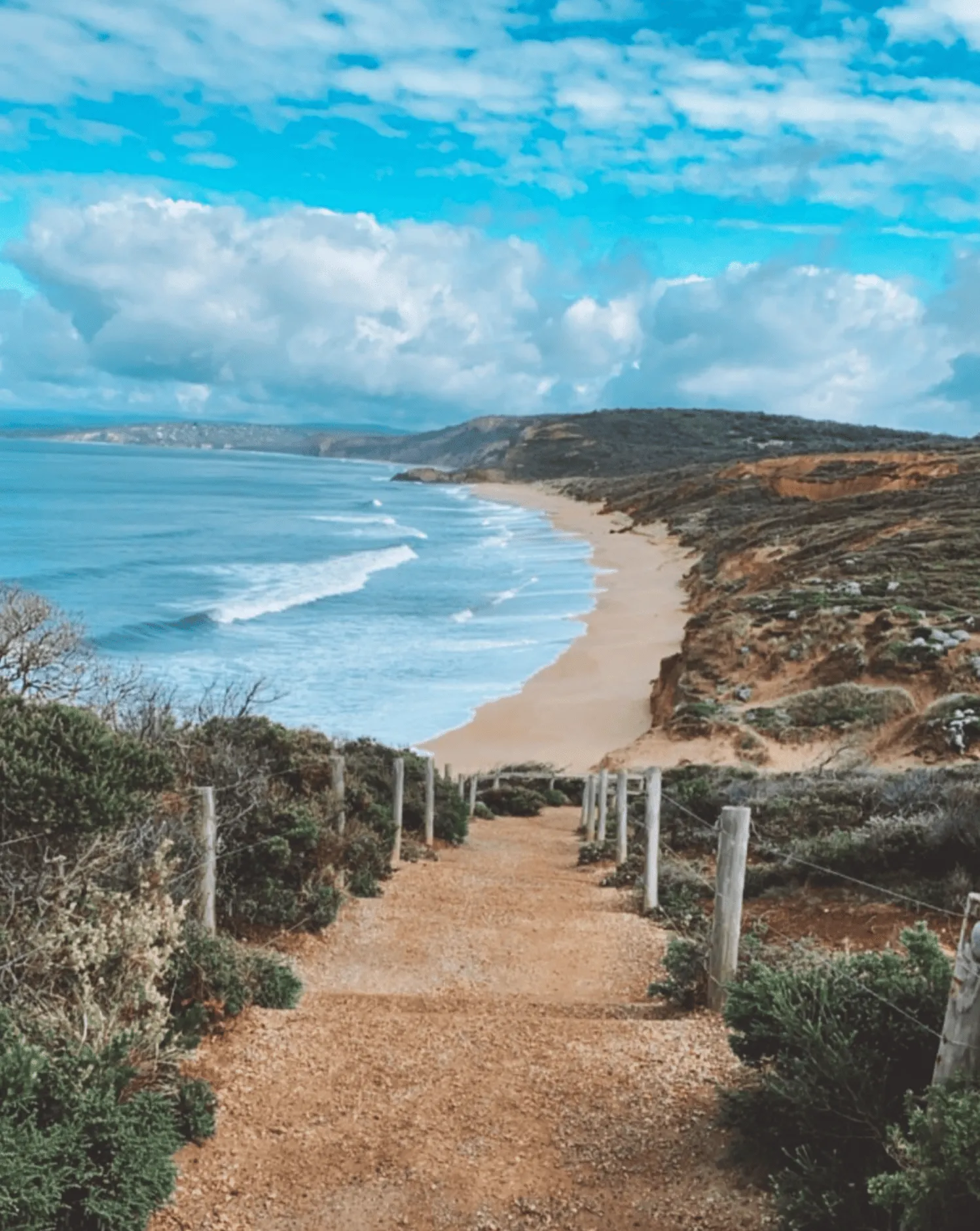
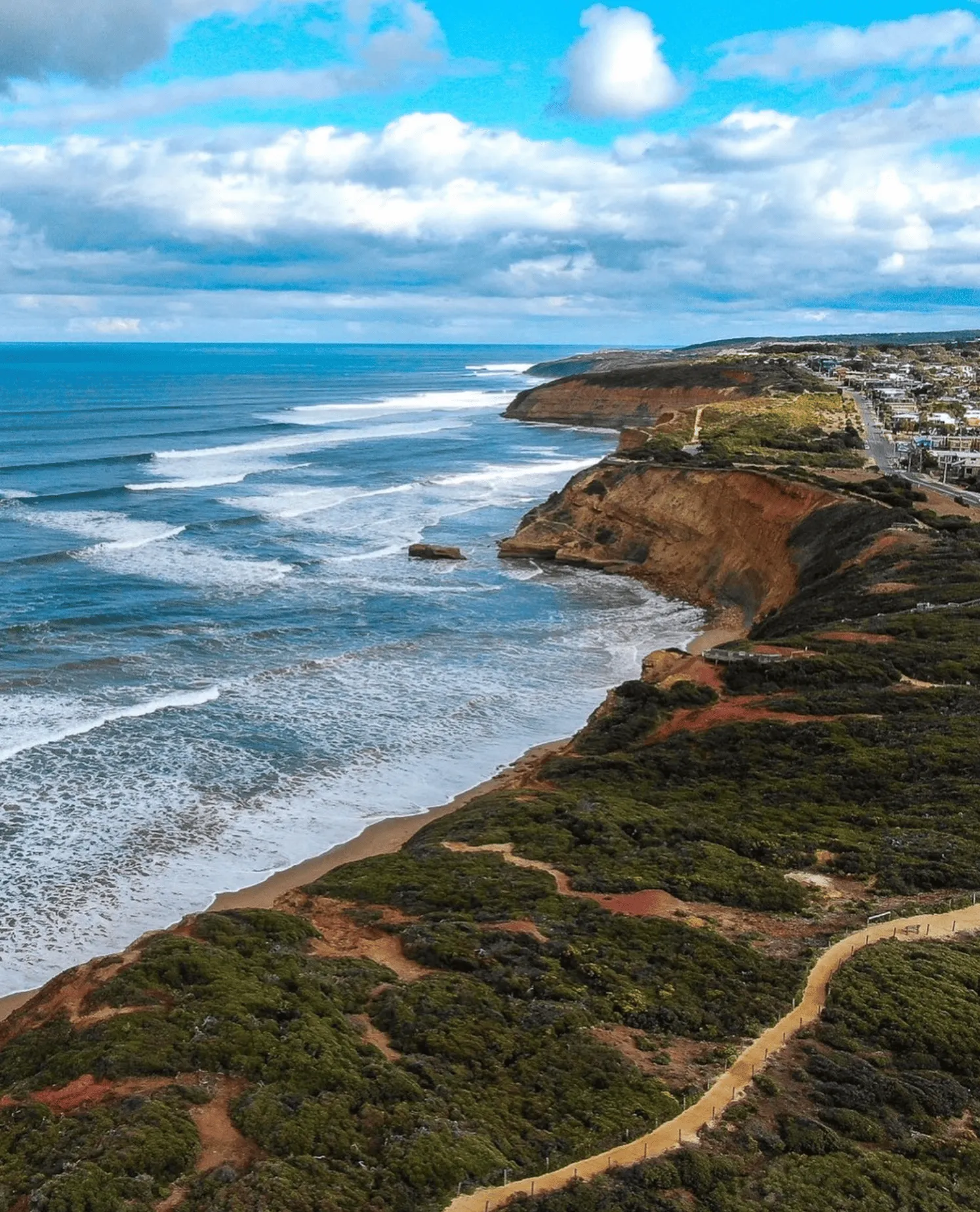
Different Ecosystems to See
Along the Surf Coast Walk, you’ll see different ecosystems, from coastal scrub to tall ironbark and blackwood trees. Each environment has its own unique flora and fauna, so walking through different microhabitats is like walking through soft sand beaches, coastal forests, and healthy woodlands. With unpredictable weather adding an extra layer of excitement, every walk through these varied landscapes is different.
Beaches and Cliffs
The beaches and cliffs are some of the best bits of this coastal walk, the Surf Coast Walk has plenty of coastline views. Sites like Johanna Beach and Bells Beach have soft sand underfoot and coastal rock formations, stunning landscapes for photography or just to admire the raw beauty of the coast. As you walk along the cliffs don’t miss the beaches that show off the region’s natural beauty.
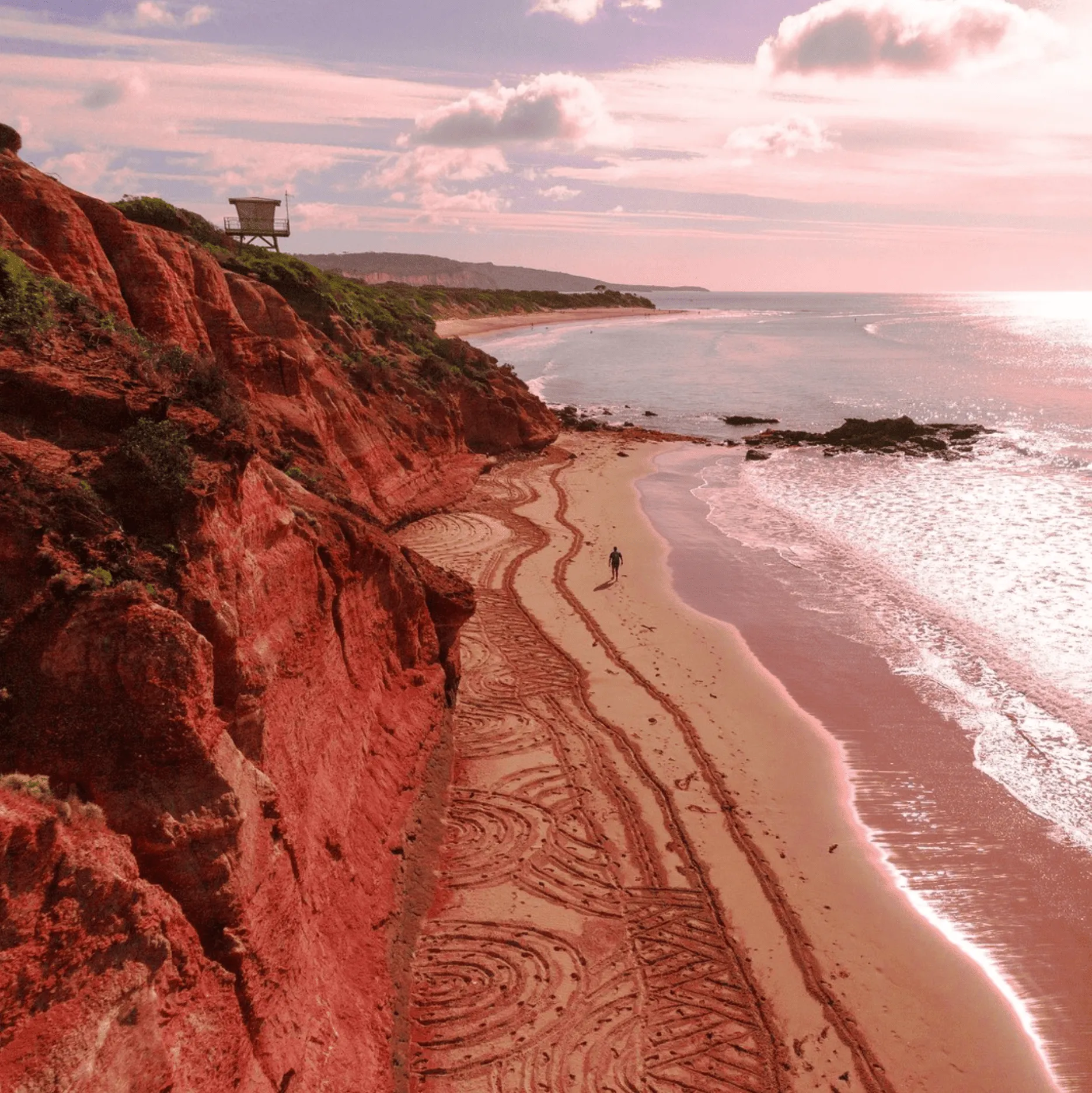
Sand Dunes and Grasslands
The Surf Coast Walk also goes through sand dunes and coastal grasslands which act as a natural barrier to the coastal winds. These areas like Aire River have hardy vegetation that has adapted to the salty soil and windy conditions. Walking through these dunes with low lying grasses and coastal flowers is a peaceful transition between the beaches and the forests inland.
River Estuaries
River estuaries along the Surf Coast Walk, like Aire River and Anglesea, are quiet and full of life. Where fresh and saltwater meet, you can see migratory birds and native fish. Bring binoculars, and you’ll get to see waterbirds and other wildlife that use the estuaries for feeding and nesting.
Eucalyptus Forests
Further along the track, the eucalyptus forests are dense and shaded with tall ironbark and blackwood trees above. These forests are also found in Otway National Park and Otway Forest Park and provide a cool haven and home to native wildlife, including koalas, wallabies and various bird species. The eucalyptus scent and spotting of these iconic animals will make this part of the walk unforgettable.
Heathlands and Wildflowers
In spring, the heathlands are ablaze with native wildflowers and plants like myrtle beech. Anglesea Heath is one of the best places along the trail to see these colourful blooms, especially in the healthy woodlands. This section is perfect for photographers and nature lovers to see Australia’s unique flora.
Best Sections for Different Walkers
For families looking for a more family-friendly section, the Torquay to Bells Beach section has an easier walking track and coastal views. Experienced walkers may prefer the challenging sections around Point Addis Marine National Park and Split Point Lighthouse for rugged coastline and cliff tops. Cultural walkers will enjoy sections with Aboriginal heritage, like Ironbark Gorge, which is significant to local Indigenous communities.
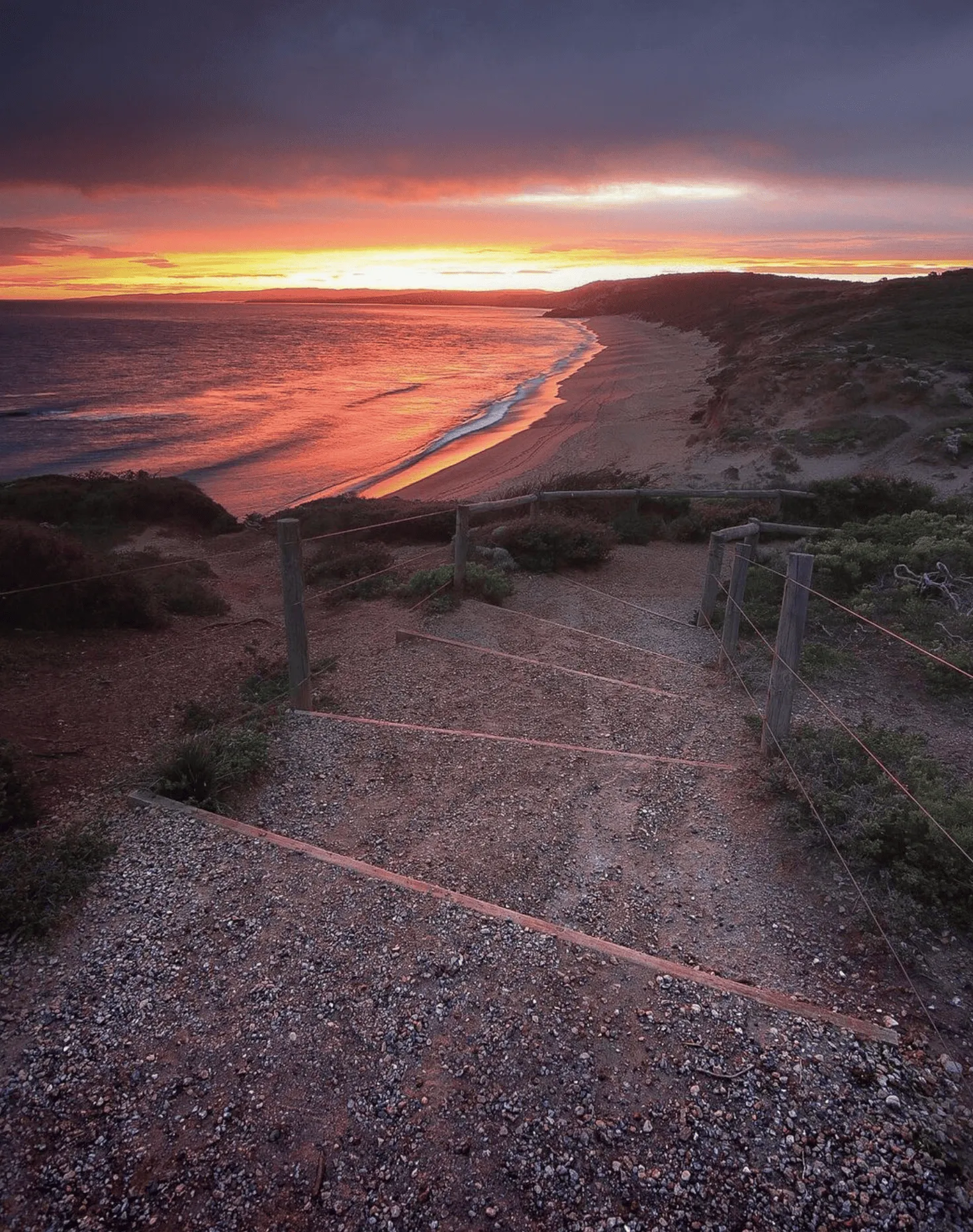
Point Addis Marine National Park
The Point Addis Marine National Park section of the Surf Coast Walk is a must see, with a marine rich coastal environment to explore tide pools, rocky outcrops and underwater ecosystems. Enjoy the views of the coastline and keep an eye out for seals and sea birds that frequent the area.
Bells Beach
World famous for surfing, Bells Beach is more than just waves. This section of the Surf Coast Walk gives you stunning coastal views and front-row seats to watch surfers tackle the waves. The beach is backed by cliffs and has many scenic spots to rest or take photos.
Anglesea Heath
Anglesea Heath is one of the most biodiverse places in Australia. The heathlands here have native plants and wildflowers in spring, so it’s a must see for flora lovers. Walkers will see colourful blooms and wildlife, including kangaroos and reptiles along this section.
Split Point Lighthouse
The historic Split Point Lighthouse in Aireys Inlet towers above the Surf Coast and is a must-see on the walk. Famous for its lookouts and clifftop paths, this section has stunning views of the coastline and is a favourite with families and history buffs. The lighthouse is also a great spot to see marine life in the ocean below.
Flora and Fauna
The Surf Coast Walk is a haven for flora and fauna, so it’s a nature lover’s dream. Along the way, you may see koalas lounging in eucalyptus trees, kangaroos grazing in the grasslands cockatoos, lorikeets and hawks flying overhead. The plant life changes with each ecosystem, from coastal succulents and heathland shrubs to eucalyptus and wildflowers. This biodiversity is what makes the walk so interesting, so keep your eyes peeled to see and appreciate Australia’s natural heritage.
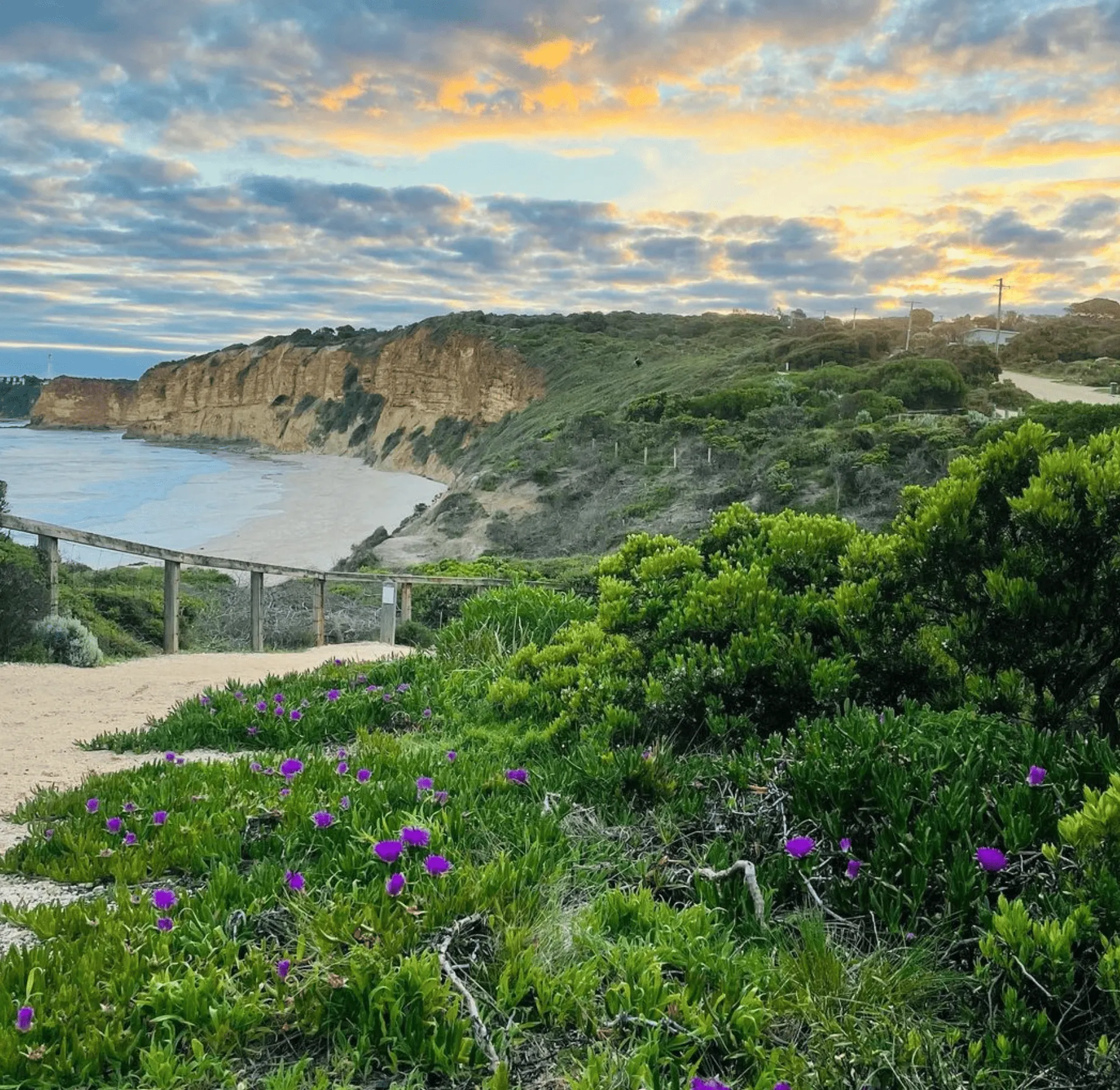
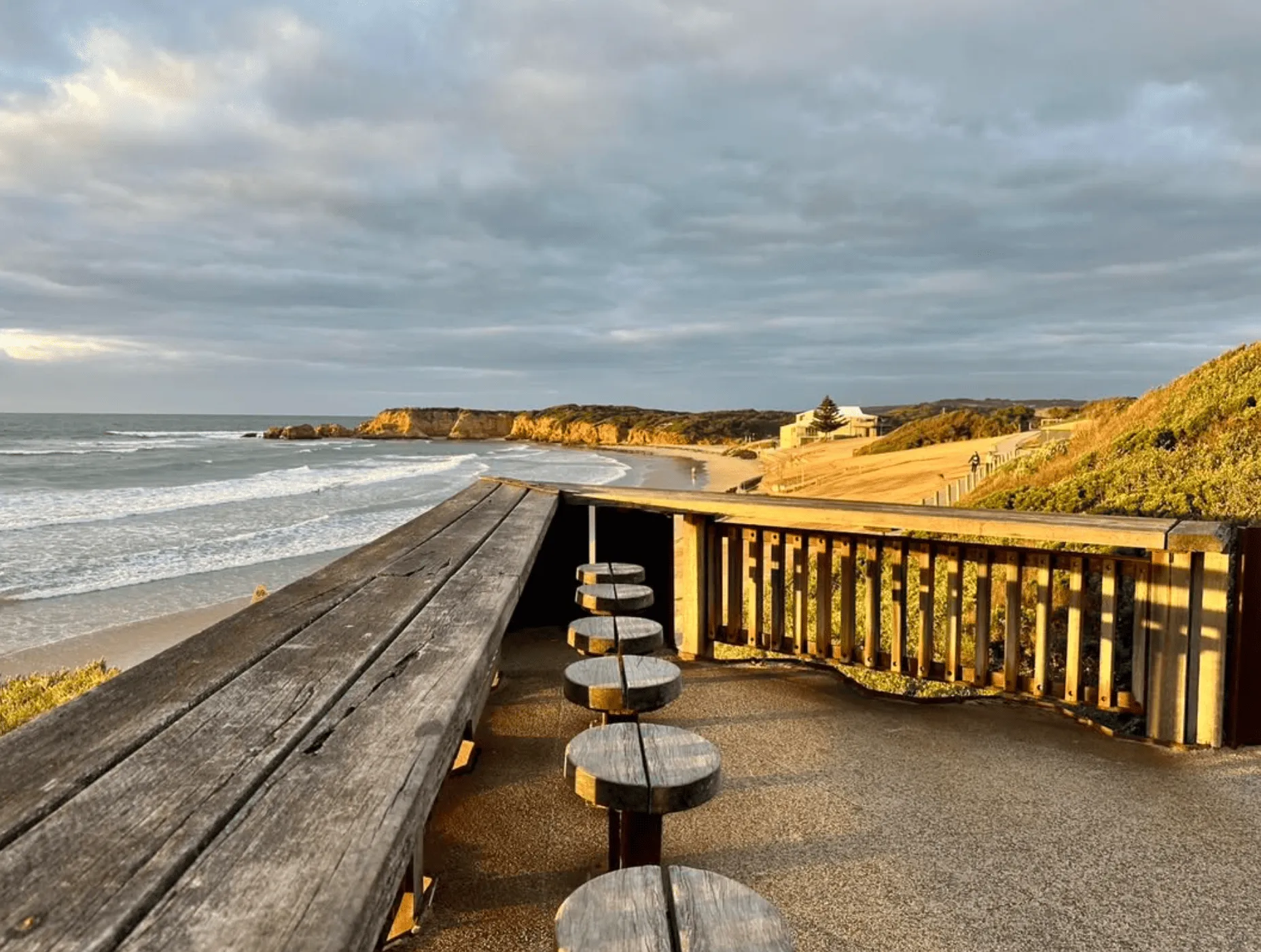
Trail Access
Access to the Surf Coast Walk is easy, with starting points at Torquay, Fairhaven and Aireys Inlet. Parking, trail maps and signs are available, so it’s easy for locals and visitors to get around. Public transport goes to Torquay and Fairhaven, and some sections are car accessible, so you can plan your walk to suit your needs. Some sections are narrow tracks and rocky pathways, so sturdy shoes are recommended, and be careful near cliff edges and steep sections.
Accommodation
Accommodation along the Surf Coast is plentiful, from budget camping to luxury beachfront hotels. Towns like Apollo Bay and Aireys Inlet have comfortable options and are close to the walk so you can rest up for the night before getting back on the trail. There are also eco lodges and family friendly options to suit all types of traveller so if you’re on an extended walking holiday you’ll find something to suit.
Best Time to Visit
The Surf Coast Walk is open all year but spring and autumn are the best times to visit. In spring (September to November) you can enjoy the mild weather and wildflowers and in autumn (March to May) it’s cooler and fewer people. But be prepared for unpredictable weather and check the forecast and bring coastal weather gear. Walking in the shoulder season means you get to see the trail at its best without the peak season crowds.
FAQ
How hard is the Surf Coast Walk?
The Surf Coast Walk varies, some sections are easy family friendly walking tracks and others are narrow tracks and rocky paths that require moderate fitness.
Can I do the Surf Coast Walk as a multi-day trek?
Yes, the Surf Coast Walk is over 44km and can be done as a multi day trek with various accommodation options along the way.
Are there specific sections for wildlife spotting?
Anglesea Heath and the eucalyptus forests around Otway National Park are great for spotting native wildlife, koalas, kangaroos and many bird species.
What to do for safety?
Check the weather before you go, wear the right shoes and carry water, sun protection and navigation tools. Weather can be unpredictable on some sections so be prepared.
Can I get to the Surf Coast Walk by public transport?
Yes, public transport is available at entry points like Torquay and local buses to various sections, so it’s accessible to locals and visitors.

